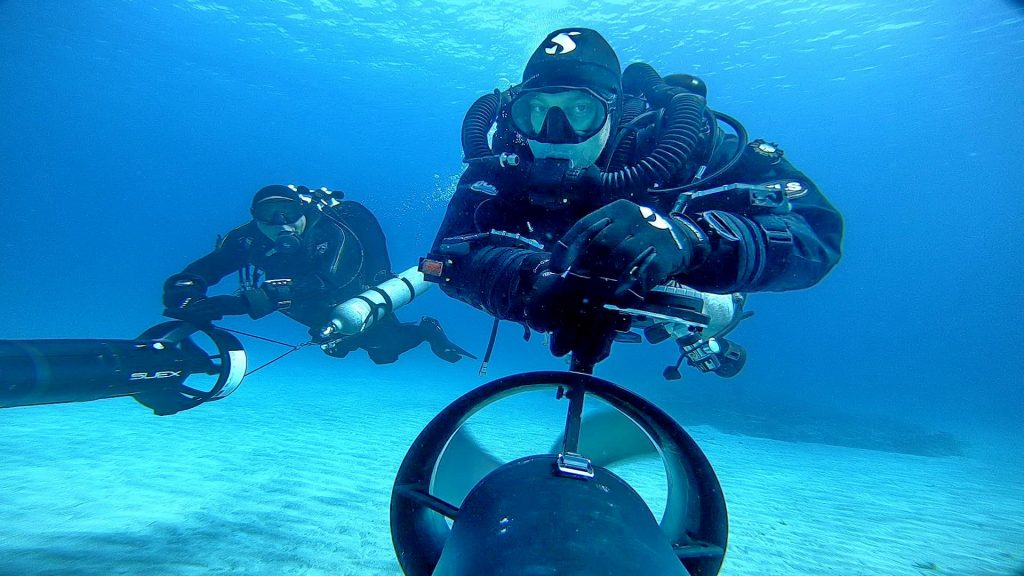The mapping of the important Roman shipwreck that was discovered in the sea area of Protaras continues with mapping and excavation of findings.
The head of the research team and the two volunteer divers who discovered the wreck spoke to Sigma's camera, on the occasion of the interruption of the research due to bad weather conditions.
According to the head of the research team, Associate Professor of Marine Archeology at the University of Cyprus Dr. Stella Demestiha, the find is important as all archaeological findings are important. This, he said, is a shipwreck of Roman times, dating to about the first or second century AD. That, he said, will be known to the research team as the research progresses. What is being done at the moment is to map the wreckage that is still on the seabed, because there is a belief that there is a much larger part of it that is buried. At this stage, he said, no excavation will take place so the secrets of this ship will not come to light yet. The purpose, said Dr. Stella Demestiha, is to leave the area so that the research team has a complete picture of the find as it is at the moment, while some findings will be made so that the study can continue and the position will be filled to protected until the next shipment is organized.

He also stressed that for the first time that this shipwreck has managed to show how many steps have been taken so far in recent years. The state, he said, has become very aware, the antiquities department from the beginning was a partner of this discovery and immediately took all necessary steps to secure the funding for this first research and this is the first time that the Ministry of Communications and Works Department of Antiquities fully funds an underwater archeological mission.
She also thanked both people who discovered the wreck and the rest of the team, which she described as wonderful.

The two volunteer divers are excited
Andreas Kritiotis and Spyros, two volunteer divers, of the Underwater Archeology Research Team of the Underwater Archaeological Research Laboratory (EPENAE), of the Archeology Research Unit of the University of Cyprus, spoke with special emotion to Sigma's camera.
Andreas Kritiotis, Chairman of the Board banking organization and lawyer Spyros Spyrou are the two volunteer divers who brought to light the important finding of the ancient shipwreck.
Both described their enthusiasm at the time of the accidental discovery of the wreck, after the completion of investigations in a nearby Ottoman shipwreck in the area "Islands" in Protaras, while noting the importance of the contribution of volunteers to archaeological discoveries and research and participation in the group research carried out by the underwater research team with the participation of other volunteers.
It is pointed out that this is a shipwreck of Roman times, with a load of commercial amphorae, most likely from Syria and Cilicia. It is the first Roman shipwreck in good condition found in Cyprus and the results of the research are expected to shed new light on the extent and scale of the island's trade relations with the other Roman provinces of the eastern Mediterranean.
The significance of the find is great for the Cypriot archeology, since it is the first time that underwater archeological research is carried out at the expense exclusively of the Ministry of Transport, Communications and Works.
Archaeologists, students and volunteers of EPENAE are already in Protaras and are working on the documentation and protection of the site, under the direction of Associate Professor of Marine Archeology Dr. Stella Demestiha, in collaboration with the Associate Professor at the Department of Civil Engineering. Dr. Dimitris Skarlatos and the Conservator of the Department of Antiquities Mrs. Eleni Loizidou.
